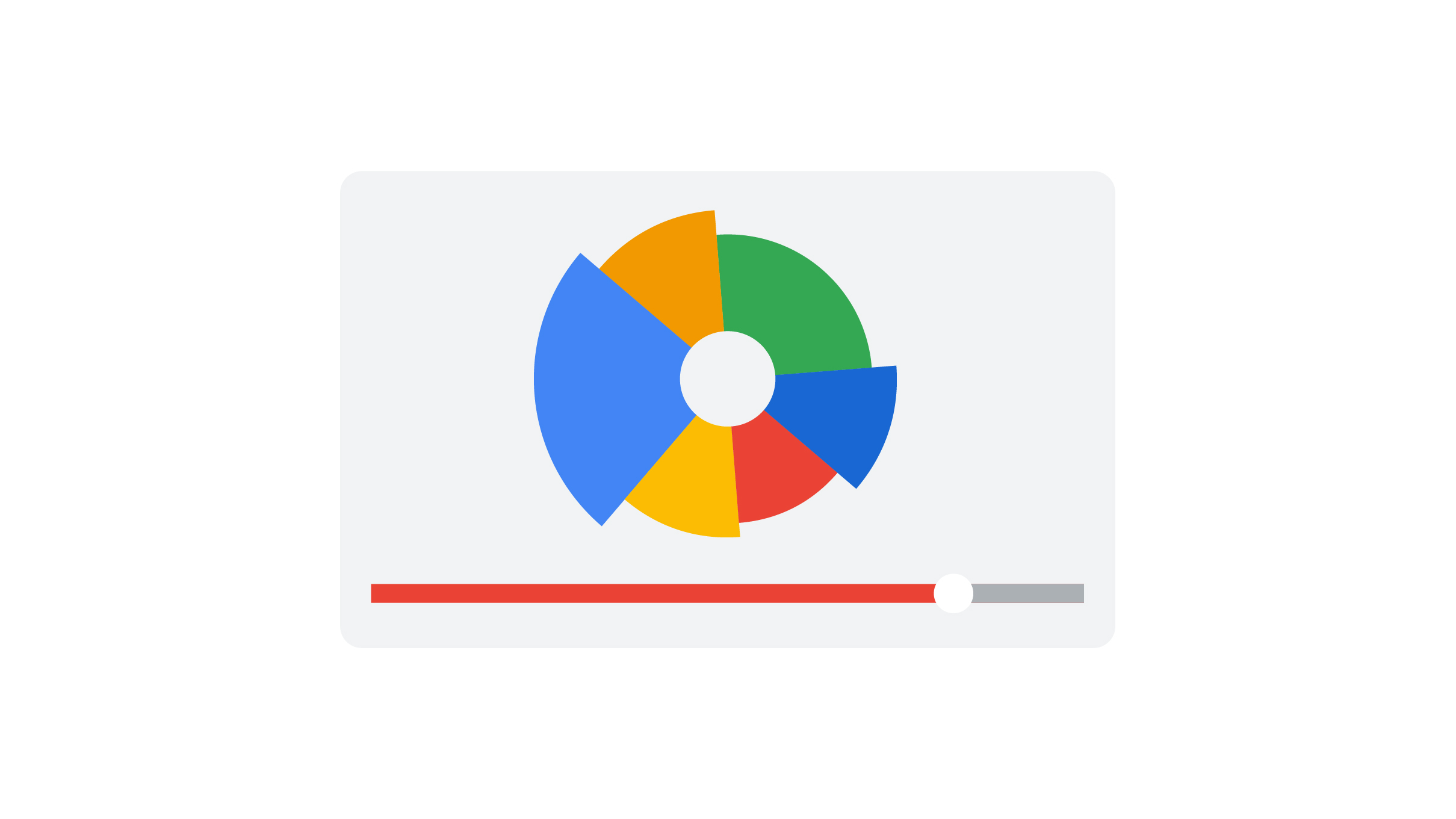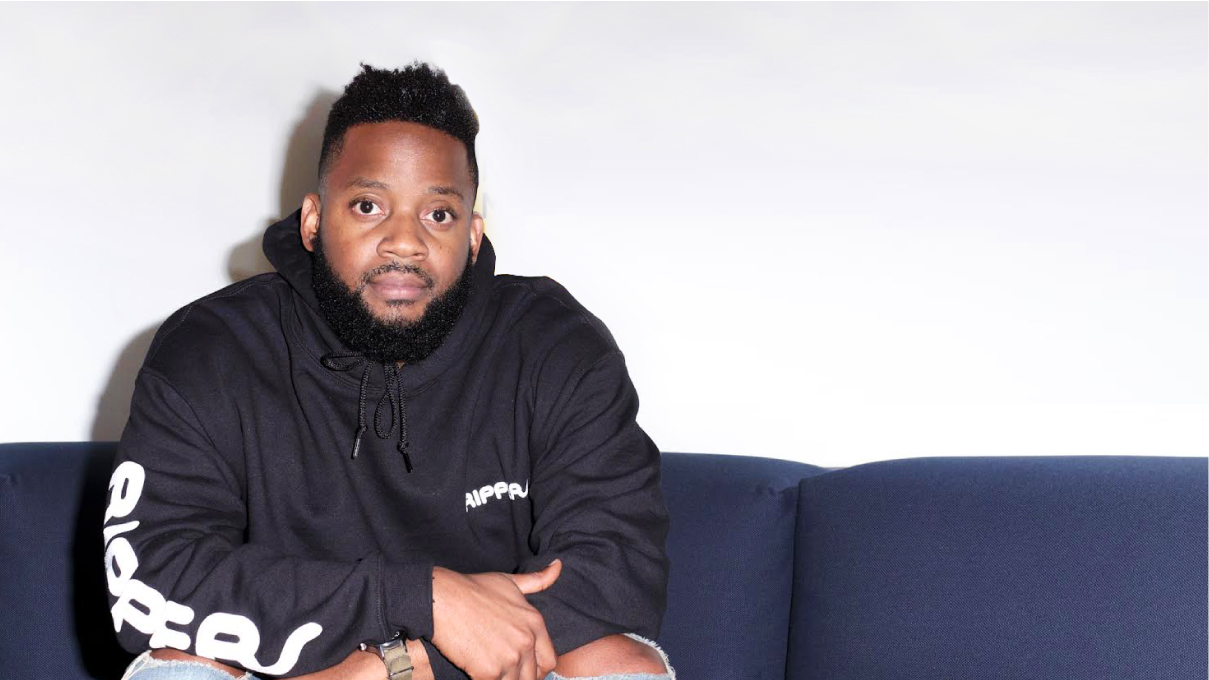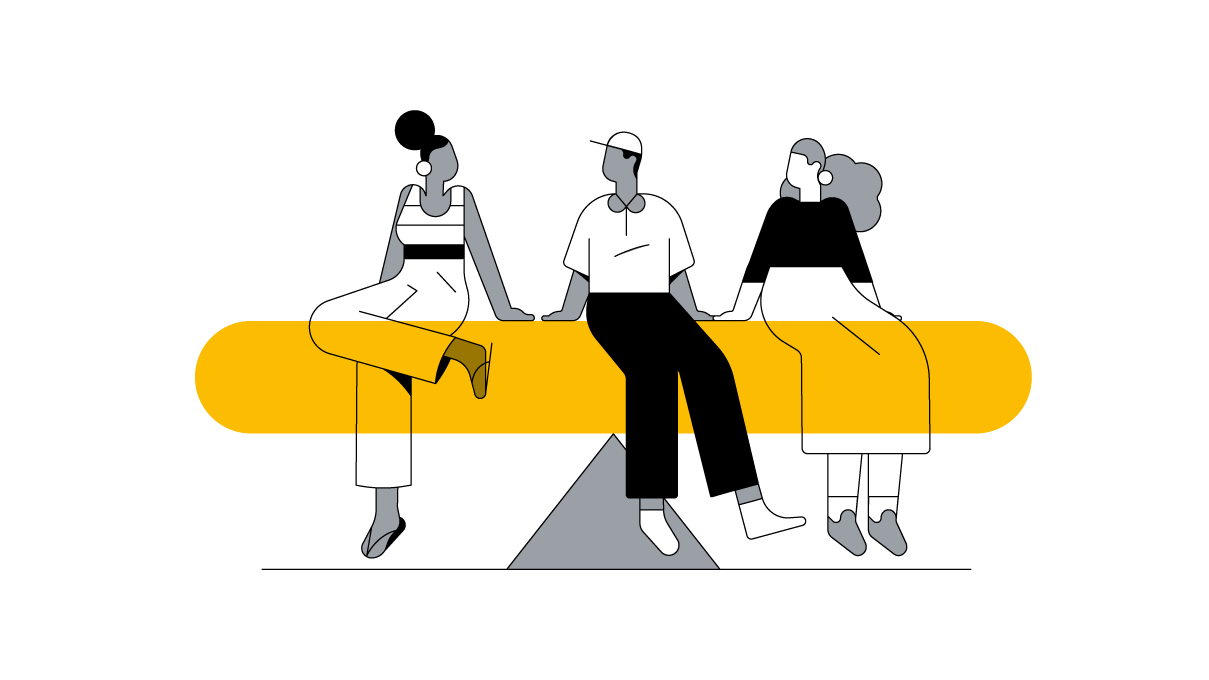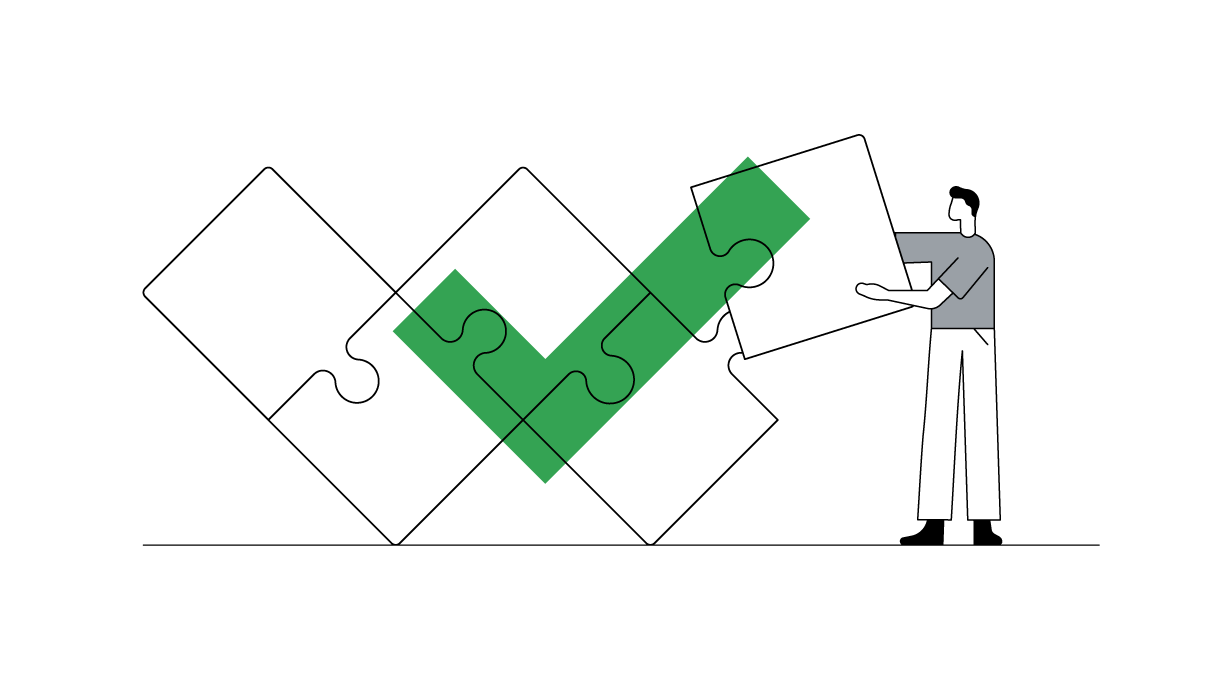Parsing the difference between diversity and inclusion
Guests
Published
February 2020Share this page
Parsing the difference between diversity and inclusion
February 2020In part one of our four-part video series exploring the importance of diversity and inclusion in marketing, we asked industry leaders how they defined diversity. These days, “diversity” and “inclusion” are often lumped together in the same thought, and even in the same acronym, “D&I.” And while they have different meanings, as Laura Jordan Bambach, chief creative officer at Mr. President, points out, “Diversity without the inclusion doesn’t work.”
In part two of our series, in addition to Bambach, we turned to Ete Davies, CEO at Engine Creative; Adrianne Smith, global director of inclusion and diversity at WPP; and Stefanie DiGianvincenzo, RARE global strategic director at Google, to better understand what diversity is, what inclusion is, the difference between the two, and to learn why leaders should be sure to tease them apart.
Ete Davies: The word diversity means to me celebrating the difference be it ethnicity, gender,
sexual orientation, or even just your background or your train of thought.
Inclusion is very different.
Inclusion is about how people feel.
It’s a celebration of people feeling great as their unique, authentic selves but being
part of a great connected whole and contributing to that.
Stefanie DiGianvincenzo: The biggest missing piece that the industry is facing at the moment
is we are approaching diversity from kind of a quota or tick-box point of view.
So if you can see people that you consider diverse within your team, then you feel like
you’ve ticked that box and therefore will start benefiting from having those teams at
play.
The problem though is that, if you have a dominant culture, those teams won’t feel
comfortable to bring their thinking to the table, and they will also feel generally uncomfortable
being in that space every day.
Laura Jordan Bambach: Diversity without the inclusion doesn't work, right?
You have amazing people, but they are not able to be their authentic selves, right?
You need to build a culture which allows those people to thrive and to have an opinion that
isn’t based on your opinion.
Adrianne Smith: Once you do the recruitment, and I think everybody’s great at that, because
they can find a way to get people into the space.
But the key thing afterwards is making sure you have retention tools, making sure that
you equip the people that come into your agencies with the proper training, with the proper
way to network, and showing pathways to success with accountable steps on how you get promotion.
Any company that does that, I think, is doing a great job.
Others are viewing
Marketers who view this are also viewing
-
Video
![]() Video
VideoIndustry leaders share what diversity means to them
Watch now -
Video
![]() Video
VideoWhy inclusive teams deliver better ideas and stronger outcomes
Watch now -
Video
![]() Video
VideoHow the ad industry can make better progress on D&I efforts
Watch now -
Article
![]() Article
ArticleInclusive ads are affecting consumer behavior, according to new research
-
Perspective
![]() Perspective
PerspectiveWhat inclusive marketing looks like to me — and how to get there
-
Perspective
![]() Perspective
Perspective5 changes strategists must make to truly address race and equity
-
Case Study
![]() Case Study
Case StudyHow Rihanna’s Fenty Beauty delivered ‘Beauty for All’ — and a wake-up call to the industry
-
Tutorial
![]() Tutorial
TutorialHow to become a strategic problem solver in 5 steps








